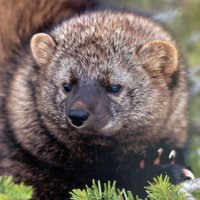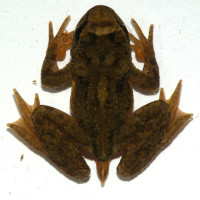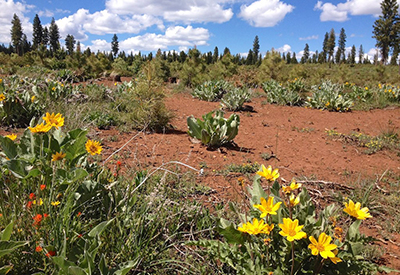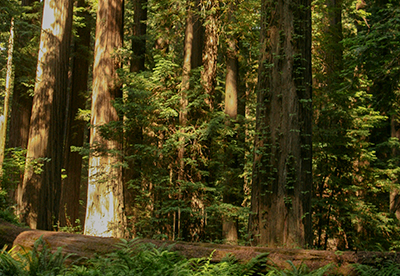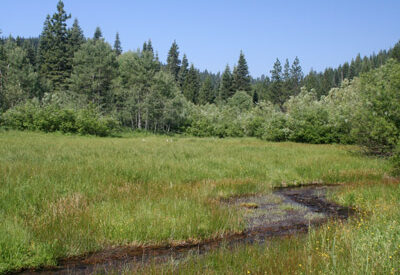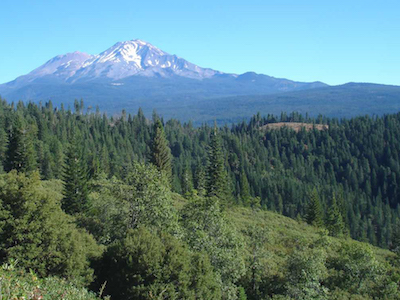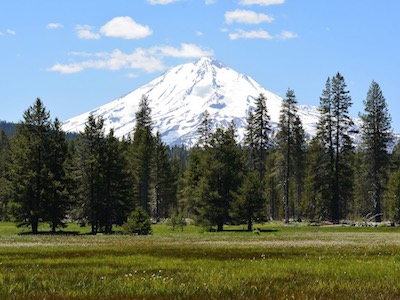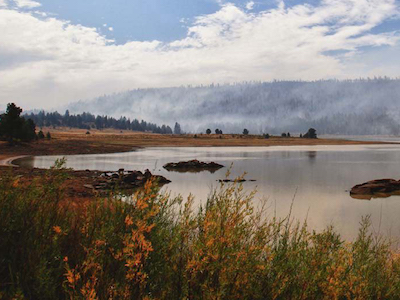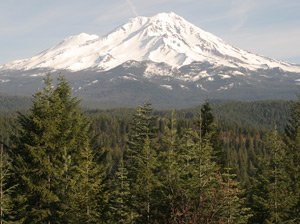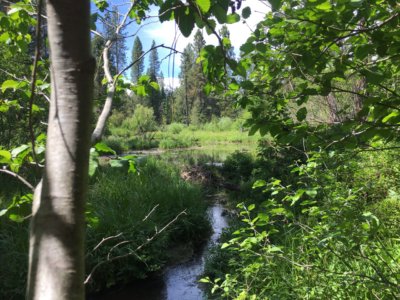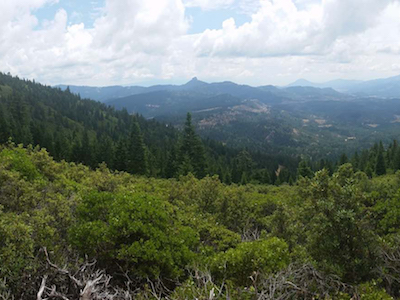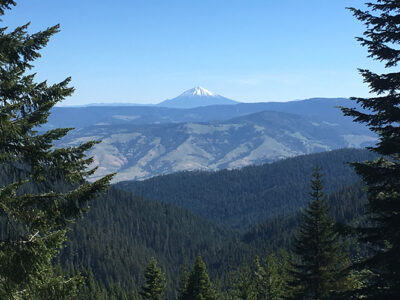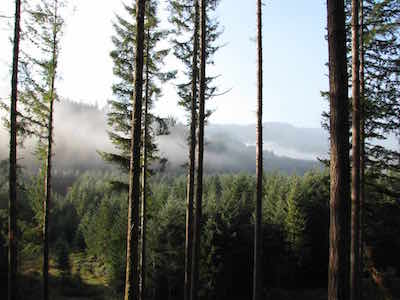Trinity Headwaters
Resilient Forest Conservation Partnership
Hikers along the Pacific Crest Trail look down from its rugged ridges into lush, forested canyons. Rare wildflowers and other plants dot its serpentine outcrops. The Trinity Headwaters is a global biodiversity hot-spot. Millions of acres of farmland in the central valley and cities as far away as San Diego depend on its cold, clear water. The 11,000-acre Trinity Headwaters Forest project will ensure this critical watershed is managed forever to benefit all Californians.
The Pacific Forest Trust and the Watershed Research and Training Center (WRTC) are teaming up to acquire the Trinity Headwaters from Acer Klamath Forest, LLC, a major forest owner in the region. This partnership will ensure the property’s permanent protection under a Working Forest Conservation Easement held by PFT that will guide careful management by the WRTC for watershed benefits, biodiversity, more climate resilient forests, and lasting connections with public lands.
This project is central to PFT’s strategy to create a vast, integrated network of conserved forests at the source of the Sacramento and Trinity Rivers that are critical for the state’s water security. Encompassing almost 10% of the Upper Trinity watershed, which provides critical supplies to the federal Central Valley Project, this project will also protect endangered wildlife and plants, some of which are found nowhere else in the world. The Trinity Headwaters Working Forest will be actively managed for climate resiliency, critical wildlife habitat, increased carbon stores, reduced risks of wildfire, and water for fish, farms, and people — and jobs in a disadvantaged county. This positive vision is bringing people together, urban and rural, loggers and environmentalists, to solve huge challenges to the state’s future.
“We are truly grateful for this partnership with Pacific Forest Trust. It is so important to conserve the forested headwaters that our community and so many others downstream depend on for water security. We are close to realizing our dream of managing this critical forest for climate resiliency, guided by the conservation easement that PFT will hold.”
– Nick Goulette,
Executive Director, Watershed Research & Training Center
Connecting a Larger Forest Landscape
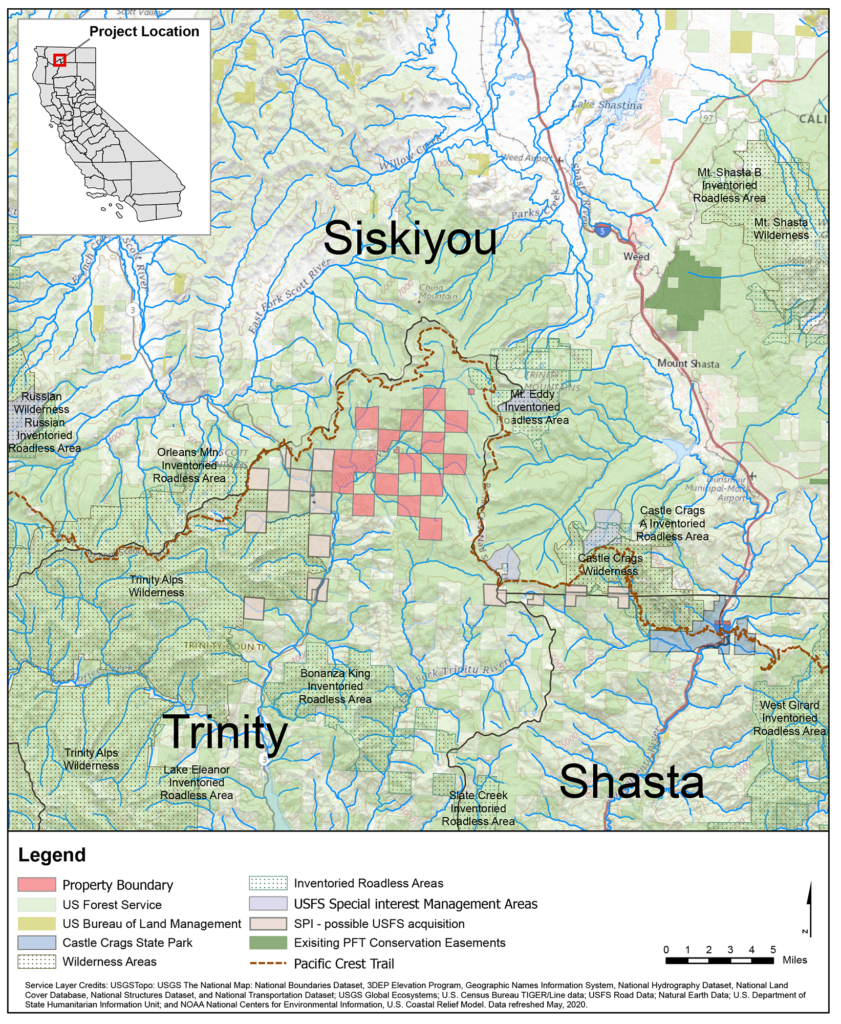
Located where the Klamath Mountains join the southern Cascades, from the property you can see the Trinity Alps Wilderness to the west, Mount Shasta to the east, Castle Crags to the south and Mount Eddy to the north. The strategic location of the Trinity Headwaters Working Forest makes important connections within the mosaic of northern California’s protected lands, filling in significant gaps within the 2.2 million acre Shasta-Trinity National Forest. Its conservation will create a very large contiguous block of protected land within an Essential Habitat Connectivity corridor identified by the California Department of Fish and Wildlife (CDFW).
Weaving together private and public lands is critical for wildlife to thrive in the face of climate change. The abundant water and eleven different habitats of the Trinity Headwaters Working Forest support an estimated 232 species, including 41 that are rare or threatened, such as the Pacific marten, Pacific fisher, California wolverine, Cascades frog, and the Sierra Nevada red fox.


